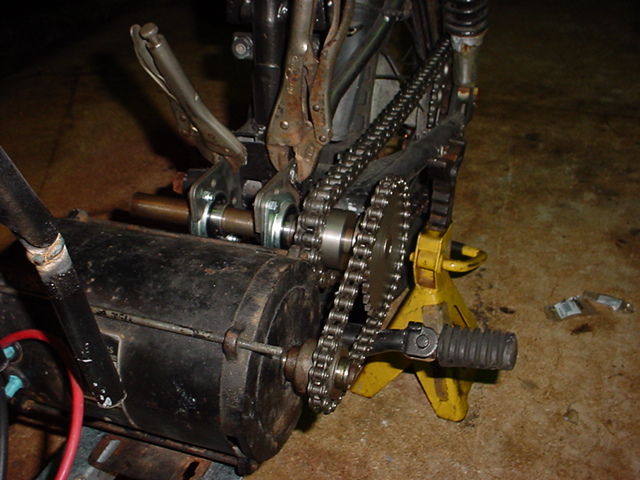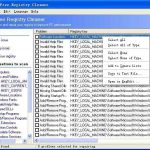Precise steps have to be taken to learn how to build a motor. This guide is for making a simple electric motor; other models are made in different ways.
Required Tools and Materials
Hammer
Four nails
Block of wood (big enough to be used as battery holder)
Wire strippers
2 electrical leads with clips at the end
Battery (D)
Masking tape
Two feet of insulated, solid 20-gauge copper wire
Five small round ceramic magnets
Two large paper clips
Wind the copper wire 5 times. You will end up with loops an inch in diameter. Make the loops so that the wire ends are on the opposite sides of the coil.
Step 2
Grab the ends. Wrap it on the coil so that there are only a couple of inches extending on the coil’s sides.
Step 3
Remove the insulation from the ends of the wires. These are the wires that are projecting off the coil. Color the top part of one of these copper wirings. This is crucial because it permits the magnetic field to turn off on half a spin.
Step 4
Put the cup upside down. There should be a couple of magnets atop each other in the middle. Put three more magnets in the cup. Put these below the ones you set at the top.
Step 5
Get the paper clips and open one of the ends. Tape them on the cup’s opposite sides. Cradle the wires in each paper clip’s bend. Keep making adjustments until the coil is able to spin freely. Make sure there is still balance.
Step 6
Use the nails and wood block to make the battery holder. Put the nail on the side and nails on the ends. Hook one of the electrical lead clips to the nail (or battery terminal). Do the same on the other side.
Step 7
Spin the coil. It should keep running. If it stops or refuses to spin, check the setup. You need to ensure that it is balanced correctly. You also need to make sure that the magnets are close but not making contact. Make the adjustments if needed.
That is everything you need to know about how to build a motor. While this is a simple electric apparatus, the principles used here are also applied in some of the larger, more complex motors.
Simply building this project will teach you a lot about how motors work and function. It should be stressed that understanding how to build it takes time. Putting the whole thing together will take even more time.



